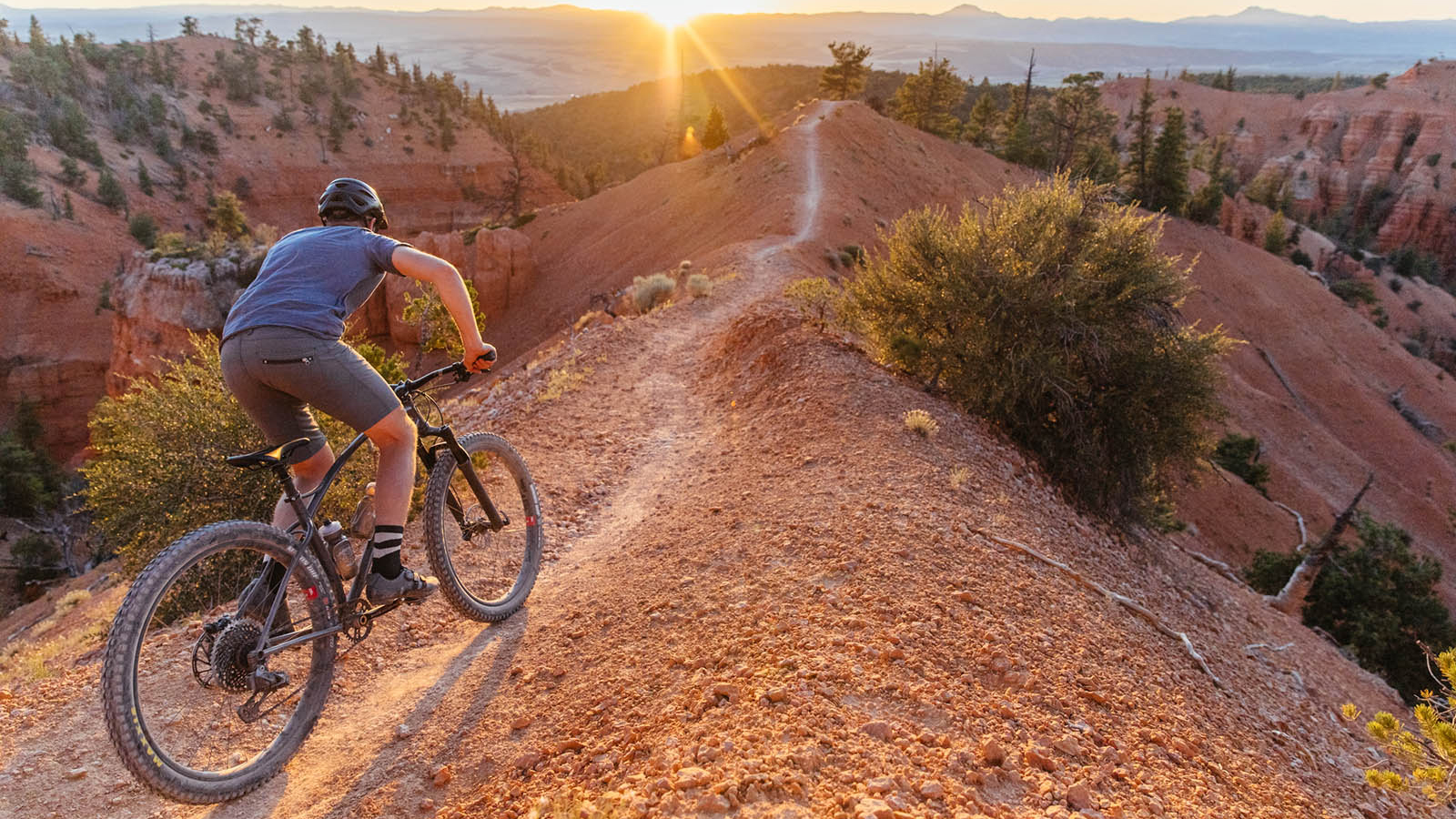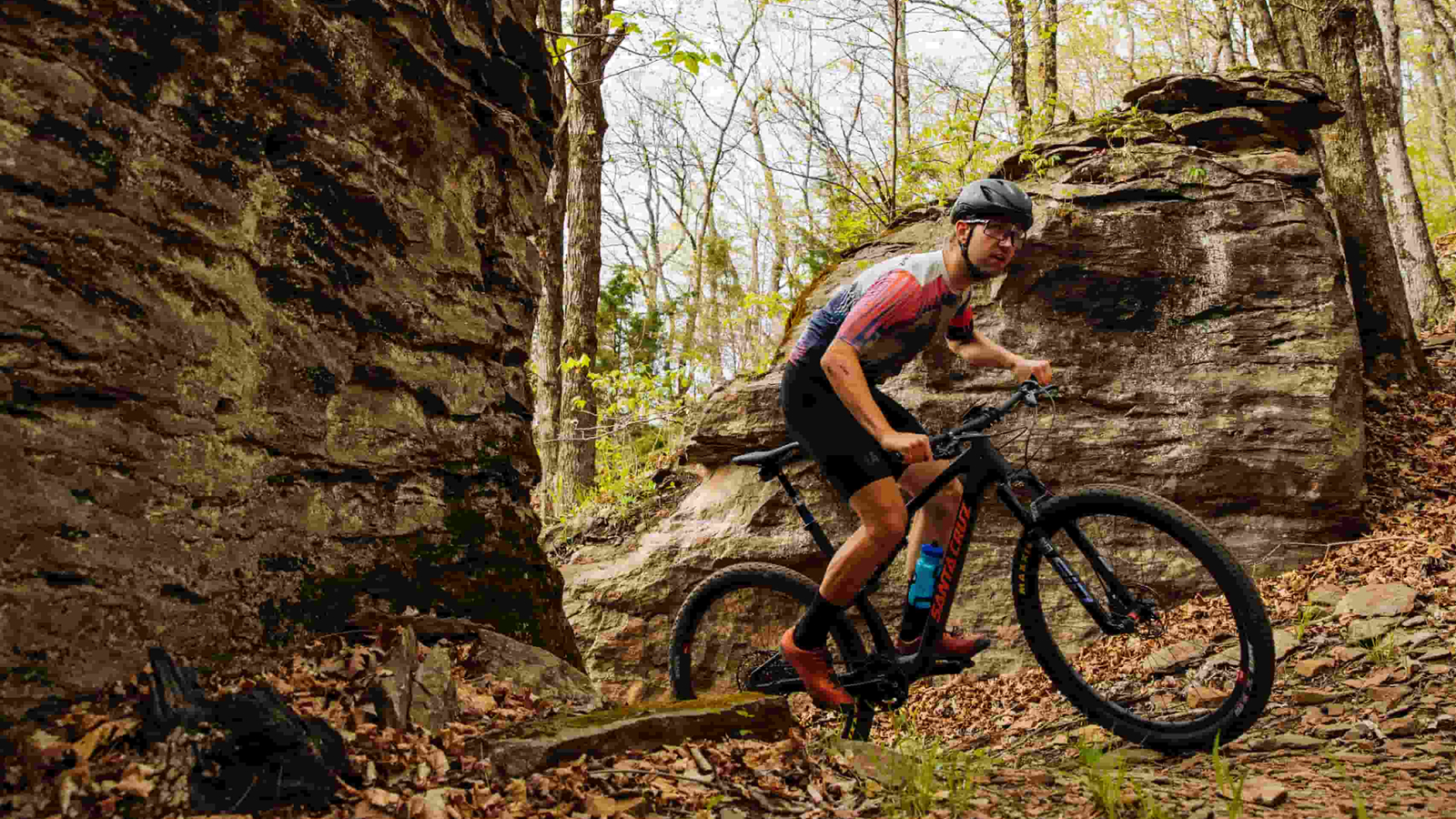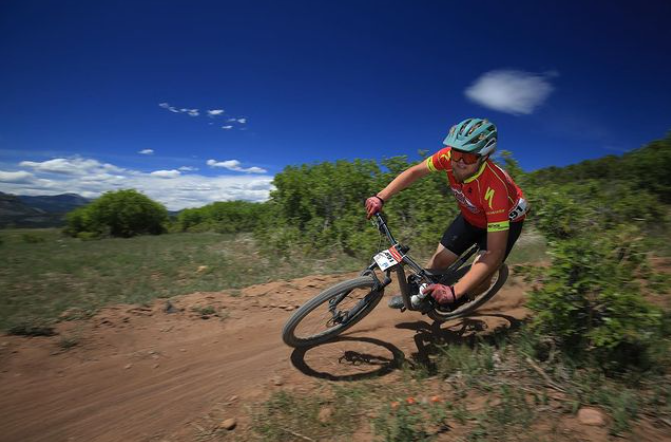Tips for beginner mountain bikers – essential new bike setup and riding skills
If you're new to mountain biking, here's all the basic skills you'll need to hit the trails like a seasoned pro

We've put together some tips for beginner mountain bikers because mountain biking can be an intimidating sport to get into. Whether it's mechanical problems, riding technique, or bike setup, there's a lot to learn on your journey to becoming a mountain biker.
That's why we've created this list. You don't have to be a beginner to read this either, as expert mountain bikers can always learn and improve too. Hopefully, these tips can eliminate some heartache and lead to a more enjoyable time participating in the sport.
If you're looking to buy your first mountain bike, our guides to the best budget mountain bikes and the best mountain bikes for beginners will give you plenty of great options to consider.
Before you hit the trails though, you'll not only need a bike but a helmet is an essential purchase too. Here's our guide to the best mountain bike helmets. Getting a pair of the best mountain bike gloves available is highly recommended too.
Bike setup
There are a lot of factors that go into bike setup, ranging from a rider's specific body dimensions to simple personal preference. Here are a few things we recommend spending some time figuring out.
1. Saddle height and position
Saddle height is one of the most crucial aspects of bike fit. You can spend money on a bike fit to figure this out more precisely, but it's relatively easy to estimate on your own. When your foot is on the pedal at the six o'clock position, your leg should not be completely straight but rather have a slight bend in the knee. You shouldn't feel like you have to 'reach' to get to the bottom of the pedal stroke, and you shouldn't feel like you're doing an uncomfortable squat.
The saddle position on the seat post can also be adjusted. You can determine how far forward or backward the saddle sits, as well as its angle. We'd recommend starting with your saddle in a flat position and making small adjustments to find out what is comfortable. This can also be measured and set up by an expert bike fitter if you'd prefer.
2. Tire pressure
Appropriate tire pressure can make your ride a lot more enjoyable. Too much and you won't be able to find traction, and too little will lead to folding tires and hitting your rims on roots and rocks. We'd recommend setting up your tires tubeless (if they aren't already), as it's so easy and they will significantly improve ride quality for all abilities.
Tire pressure can vary depending on factors like trail conditions and rider weight, so it's tough to pin down an exact number. Your tires should grip the ground and absorb impacts, but you don't want them to fold under pressure. Experiment with pressures around 20-28 psi to find what suits you. The general rule is to run the rear tire a couple of psi harder, as it is more prone to damage.
3. Suspension
You also need to pay attention to your fork and/or shock. The first thing to do is set the air pressure and sag. This will be determined by a rider's weight. The suspension will also have settings like rebound and compression. Each suspension manufacturer will have recommended settings that you can follow to start off. For a more in-depth look, check out our guide on how to adjust mountain bike suspension.
4. Simple maintenance
It's important to keep your bike clean and in good working order. A clean machine is an efficient machine. Even if your bike doesn't look dirty it's worth cleaning key areas such as the gears and the seals on your suspension and dropper post. You basically only need a garden hose and some degreaser to do this. Bike-specific cleaner and degreasers work well, however regular household dish soap also works. Also, lube your chain after you wash your bike or if the chain starts to sound dry. When you're cleaning it's a good opportunity to inspect your bike for any damage that might have occurred without you noticing. Before every ride, check the air in your tires, and it doesn't hurt to check the bolts on your bike to make sure nothing has come loose.

Riding tips
1. Pedaling and climbing
It's more efficient to spin your legs at a higher rate of speed (cadence) than to slowly grind up a hill in a hard gear. Keeping a steady pedaling rhythm is a bit harder on a mountain bike compared to a road bike because the terrain and obstacles are always shifting.
When climbing, it's more efficient to ease into the hill, going slower at the bottom and gradually increasing your pace if you wish. It's all about learning how to pace yourself and understanding how your own body reacts in these situations.
2. Riding and handling
One of the best pieces of advice for navigating terrain on a mountain bike is to always look where you want to go. When rounding a corner, your head and eyes should be looking at the exit of the corner. By the time you're exiting the corner, you should then be looking further down the trail. It's surprising how much faster you can go when you focus on looking up and ahead on the trail.
When coming up to a technical section on a descent, you want to be in the 'attack position.' This sounds aggressive, but it can also be thought of as a neutral position with your weight centered in the middle of the bike. Your arms and legs should be relaxed with your head up and elbows out. This is the most stable position to ride in while standing up and descending.
Finding a line through a technical section is one of the most engaging parts of mountain biking. It's hard to explain without looking at a trail in person, but you basically want to find the most efficient way through the rocks and roots. A slightly longer but smoother route can sometimes be faster than a shorter, more rocky line.
Cornering is one of the toughest skills to learn and something even experts can benefit from practicing. Remember to keep your head and eyes looking ahead like mentioned earlier. Next, braking should be done before or at the beginning of a corner. Once you've reached the optimal speed, lean into the corner by orientating your hips and shoulders in the direction you want to go and shift your weight to the outside foot. This will cause the tires to dig into the dirt and find traction.
Cornering takes repetition to get better at. A good way to practice is simply set up some cones or rocks on an open patch of dirt and repetitively corner around them. You can also go to a pump track, where the perfectly sculpted berms will help provide support.
Jumps and drops can be intimidating. You should only attempt the jumps and drops you're comfortable with, using these to work your way up to bigger, more challenging features. When jumping, you want to keep the bike steady, not letting the nose dive or get too high in the air. Again, pump tracks often have small jumps that are ideal for learning. For drops, you can roll off small curbs and then move onto bigger features.

Fuel the ride
Mountain biking is tons of fun, but you also have to fuel your body in order for it to work. That's why it's important to take adequate food and water with you on rides. It's also key to eat something before riding, as riding on an empty stomach can leave you feeling like you want to raid the nearest McDonald's.
The general rule is to consume one bottle of water and one food item (gel, bar, etc.) per hour of riding. Everybody's body is different and has different fueling demands, so experiment and figure out what works for you.
In addition to straight water, you can also add drink mixes that generally have electrolytes and sugar added to them. Some drink formulas can also be a source of calories.
Getting faster
The best way to improve your riding is by riding a lot. Repetition and more miles will naturally progress your skills and fitness. However, another great idea is to ride with people who are better than you. Try to keep up on a climb or through a downhill section. Other riders can also observe how you are riding and give you pointers. Pretty soon you'll be addicted to the pursuit of speed and you'll be flying yourself.
Ryan Simonovich has been riding and racing for nearly a decade. He got his start as a cross-country mountain bike racer in California, where he cultivated his love for riding all types of bikes. Ryan eventually gravitated toward enduro and downhill racing but has also been found in the occasional road and cyclo-cross events. Today, he regularly rides the trails of Durango, Colorado, and is aiming to make a career out of chronicling the sport of cycling.
Rides: Santa Cruz Hightower, Specialized Tarmac SL4

